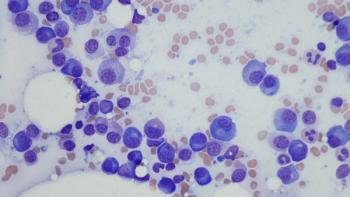
Translating a Pathology Report
It is important to have a copy of your pathology report so you have documentation of your diagnosis
By law, patients are entitled to a copy of their path­ology report, and most hospitals will provide a copy free of charge. It’s important to get a copy of the pathology report to have documentation of the diagnosis; this information will be helpful in researching the disease.
Below is a brief explanation of information found in a pathology report.
Demographics: Includes information about the patient, such as the patient’s name, age, sex and date of procedure.
Specimen: Describes the origin of the tissue samples.
Clinical history: Details the patient's medical history, covering topics such as how the patient's cancer was found.
Clinical diagnosis: Indicates the diagnosis doctors were expecting before the patient's tissue was tested.
Procedure: Explains how the tissue sample was removed.
Gross description: Details the tissue sample(s), including the size, weight and color of each sample.
Microscopic description: Describes the way the cancer cells look under the microscope and may identify tumor characteristics, including grade, tumor margins and pathologic stage.
Special tests or markers: Reports the results of tests that look for proteins, genes and how quickly the cells are growing. These findings are often contained in a separate report.
Summary: Gives a pathologic diagnosis based on the information from the entire pathology report.




